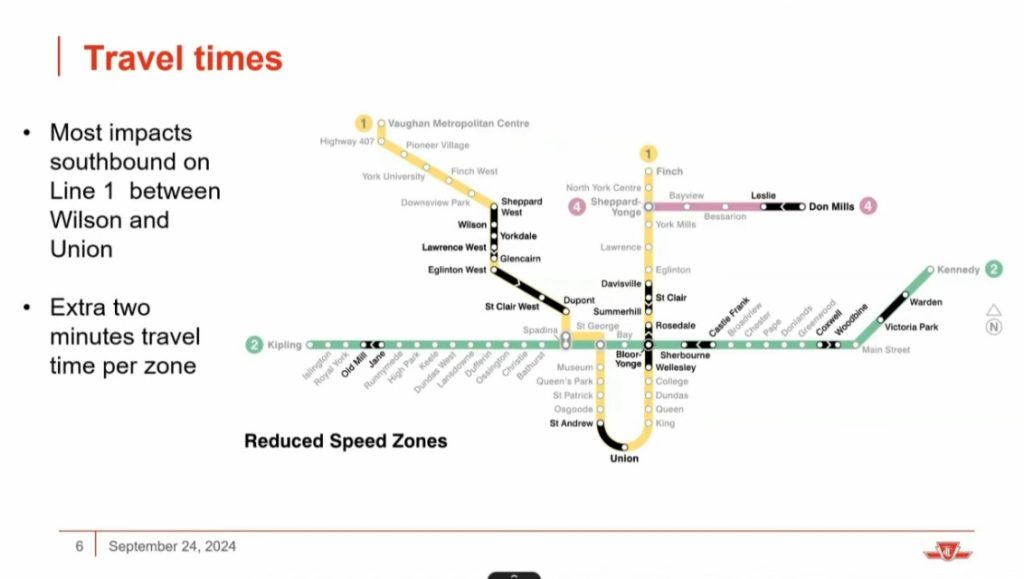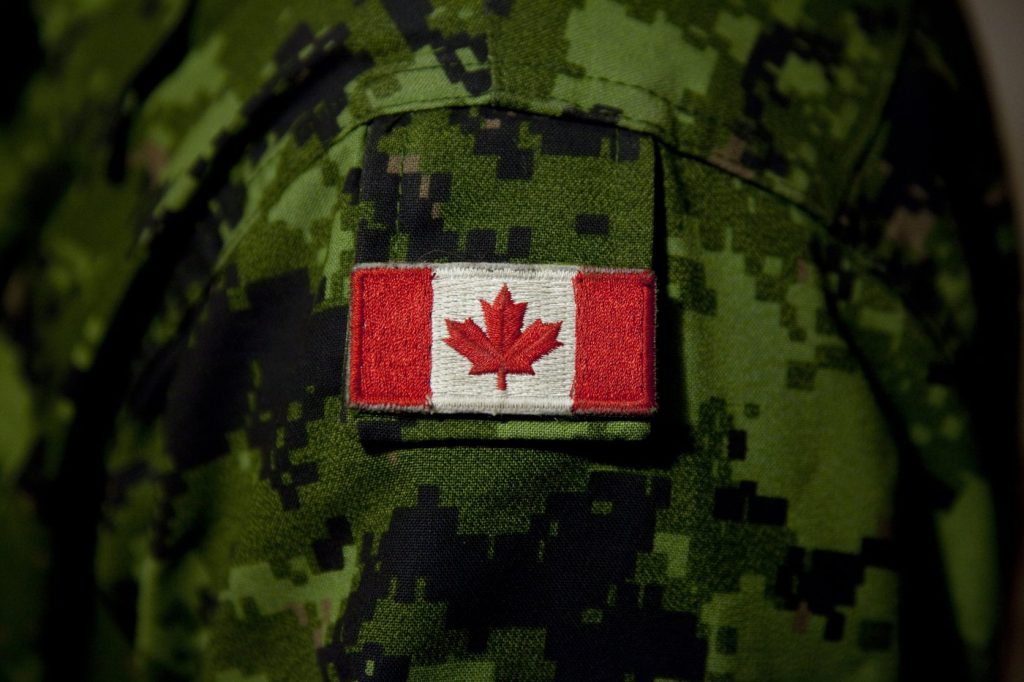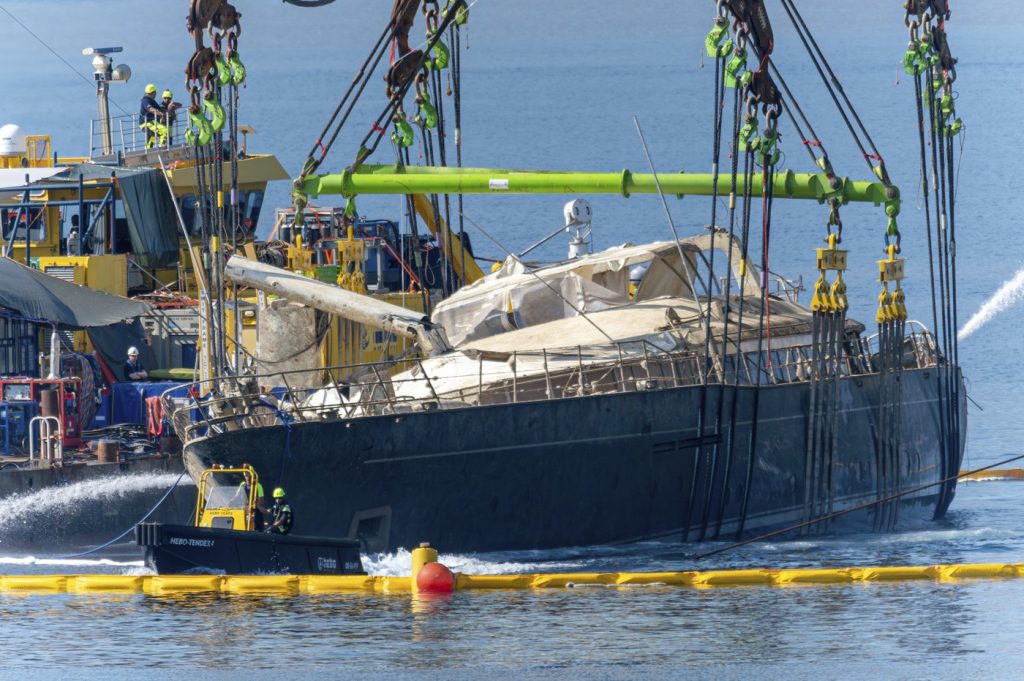Current TTC subway slow-speed zones could take until December to rectify amid concerns of new ones
Posted September 24, 2024 4:35 pm.
Last Updated September 25, 2024 8:13 am.
For TTC subway passengers frustrated with delays due to restricted-speed zones (RSZs), it will likely be until December before the current ones are dealt with as staff with the transit agency warn about the likelihood new ones will come up.
Ahead of the TTC board meeting Tuesday morning, chair and Councillor Jamaal Myers spoke to the ongoing issue.
“I want to apologize on behalf of the TTC and assure riders we are working to resolve this,” he told reporters while noting an external review of maintenance procedures is happening.
Since early 2024, the number of slow-speed zones has noticeably increased due, in part, to additional detailed inspections with geometric scanning equipment that are flagging more issues.
During a presentation to the board, chief operations and infrastructure officer Fort Monaco said there are currently 25 RSZs that can all be resolved by early December if there aren’t any additional ones put in place. However, he cautioned it’s “very likely” more will be found.
“While we do recognize the negative impacts that these restricted speeds have on our customers due to the increased travel times. I want to assure our customers that the TTC rail is safe,” Monaco said, noting in most cases the restrictions are put in place to minimize wear-and-tear and extend the life of tracks.
Since May, officials said 65 RSZs were identified and fixed. He said most of the RSVs are on Line 1 southbound between Wilson and Union, noting each zone adds approximately two minutes of travel time and the overall trip can take around 15 minutes longer. Lines 2 and 4 have a smaller number of zones.
Monaco said the average time for a RSZ is 22 days and confirmed nearly nine out of 10 RSZs are unplanned.
“We’re not getting better, we’re not getting worse,” he said.
In his presentation, Monaco said multiple types of inspections are done on the tracks, such as 72-hour visual track patrols, using cameras on work vehicles, and geometric and ultrasonic tests to assess issues not easy to see.
“In doing [biannual versus annual geometric surveys], more data leads to more timely information now that requires response to ensure that the track geometry is within certain tolerances of original track instruction as these defects have been reviewed and assessed and corrected other defects,” he said.
Monaco added the ability to get work done is tight since by the time public train service stops and starts and with the mobilization of crews, there is typically just 90 minutes to address maintenance.
“A congested city with numerous ongoing and future expansion works, along with a forecasted customer growth on subway transit, will find increased demands and potential further tightening of the TTC maintenance windows, necessitating the need to explore widening the current maintenance window,” he told the board.
“Performing all ongoing state of good repair work and current and expansion works here is to find an appropriate balance between track time, optimally trained resources, fully functioning and reliable equipment, all within an environment and competing requests for time and space.”
While speaking to the TTC board on the recruitment process for a new CEO, the head of a riders’ advocacy group said many passengers are fed up.
“People are really frustrated out there at the state of service: the slow zones on the subway, the constant shut downs. They’re really getting to people,” TTCriders executive director Shelagh Pizey-Allen said.
“In recent years, we’ve become increasingly concerned about the slide into disrepair on the TTC and the lack of transparency about what’s going on in that regard.”
As for what’s being done to address the issue, Monaco said short-term measures include keeping up with the current maintenance procedures, improving the reliability of work vehicles, increasing training for track employees and looking at increasing maintenance periods.
“We realize the inconvenience that planned weekend closures have on our customers, and are exploring alternate options like increased number of nightly subway diversions with larger geographical areas in the coming months and years,” he said.
When it comes to longer-term measures, he said they want to add new technology to flag potential defects before problems worsen to the point a RSZ is needed. Monaco also said the TTC is looking to get its own ultrasonic and geometric equipment, but noted it’s still in the design stage and could take another few years before it arrives.
“If we can do this ourselves, we believe we can control the data and the timelines of the inspections while modernizing our ultrasonic technology that gives us more frequent and timely data, driving and modernizing our processes,” he said.
Click here for the current list of slow-speed zones.









